1. Defining Luxury in Today’s Market
The concept of luxury has evolved significantly in recent years, transcending mere material possessions to encompass a state of mind, lifestyle choices, and consumer behaviors. As individuals seek unique experiences and quality over quantity, luxury now embodies a broader range of factors that define value.
1.1 What Constitutes Luxury Goods
Luxury goods are often characterized by their exclusivity, superior quality, craftsmanship, and desirability. Unlike regular products, luxury items often command a higher price point and are sought after for their prestige. They are frequently associated with brands that have cultivated a long heritage of excellence, such as Louis Vuitton and Rolex. The definition of luxury goods includes categories such as haute couture clothing, fine jewelry, premium automobiles, and high-end electronics, among others.
These goods satisfy not only functional needs but also emotional desires, offering consumers intimate connections to the brands that produce them. For instance, owning a luxury watch could symbolize success and importance in social settings, while luxury home décor might express individual style and sophistication.
1.2 The Psychological Appeal of Luxury
The allure of luxury goods extends beyond their physical attributes. Psychologically, such products often serve as status symbols, conveying wealth, power, or societal position. Furthermore, purchasing luxury items can fulfill deeper emotional desires, providing consumers with feelings of happiness, self-worth, or success. According to studies, the act of buying luxury can trigger dopamine release in the brain, similar to other pleasurable activities.
Moreover, consumer attachment to luxury brands is often intensified through storytelling, where brands create narratives that resonate with clients’ aspirations, helping solidify a connection that goes beyond the product’s utility. For example, brands like Burberry and Chanel share rich histories that speak to consumers yearning for authenticity and tradition.
1.3 Factors Shaping Luxury Definitions
Several factors influence the evolving definitions of luxury: cultural shifts, economic conditions, and social media’s pervasive influence. For example, younger generations, particularly Millennials and Gen Z, have reshaped luxury definitions to include sustainable and ethical brands, selecting products that reflect not just status but values.
Additionally, globalization has led to diversified interpretations of luxury across different cultures. What is considered luxurious in one region may be perceived differently elsewhere. This notion promotes brands to tailor their offerings according to local customs and values. Understanding and adapting to these variations are crucial for luxury brands looking to expand internationally.
2. The Economic Impact of Luxury Consumption
The luxury sector significantly influences the global economy, driving substantial growth across various industries. The demand for luxury items has proven resilient, even during economic downturns, showcasing the complexity and importance of luxury consumption.
2.1 Luxury Goods and Economic Growth
Luxury goods contribute to economic growth through job creation, brand innovation, and significant tax revenues. In regions such as Europe and Asia, luxury brands employ thousands and stimulate local economies through retail and tourism. For instance, the French luxury giant LVMH contributes billions annually to the French economy, highlighting its pivotal role in the luxury market.
Furthermore, the luxury market fosters innovation, pushing brands to develop cutting-edge products and experiences that set trends across sectors. Such innovations often lead to the birth of new categories of luxury, contributing to the overall dynamism of the economy.
2.2 Trends in Luxury Spending Across Demographics
Changes in demographic profiles significantly affect luxury consumption patterns. Today, affluence isn’t restricted to traditional powerhouses; emerging markets, particularly in Asia-Pacific, showcase a growing middle class with increasing purchasing power. This demographic shift is leading to new consumption patterns, emphasizing experiential purchasing over products, as younger consumers value travel and immersive experiences.
Luxury brands are responding by catering to these diverse consumer segments, offering unique, personalized experiences, often made possible through technology. Brands such as Gucci and Dior have leveraged this trend, integrating experiences into their purchasing process to enhance customer engagement.
2.3 The Role of Luxury in Global Trade
Luxury brands also have a profound impact on international trade. As these brands navigate global markets, they become ambassadors for their home countries, enhancing brand reputation and fostering international relationships. Trade agreements that reduce tariffs on luxury goods can facilitate smoother transactions and greater market access.
Conversely, the luxury sector faces challenges regarding trade regulations and political climates that can influence consumer behavior. Brand strategies must now account for these complexities, adapting to geopolitical tensions and economic shifts that affect consumer confidence and spending power.
3. The Intersection of Technology and Luxury
As technology influences nearly every aspect of life, the luxury sector has adapted by integrating digital tools and innovations that enhance consumer experiences, drive engagement, and streamline operations.
3.1 Digital Transformation in Luxury Marketing
Luxury marketing has evolved dramatically with the advent of digital platforms. Brands are now leveraging data analytics and targeted advertising to reach potential customers effectively. Social media, particularly Instagram and TikTok, has allowed brands to engage with younger consumers, crafting tailored marketing strategies that resonate with their audience.
Fusing traditional luxury with digital marketing helps maintain exclusivity while increasing visibility online. Brands like Valentino have successfully blended high-fashion experiences with post-like social media content, drawing consumers into the luxury narrative.
3.2 E-commerce and the Luxury Experience
The rapid adoption of e-commerce has transformed how luxury products are marketed and sold. Consumers now expect seamless digital experiences that mirror the high levels of service provided in-store. High-end brands are investing in user-friendly websites, virtual try-on technology, and personalized online shopping elements that create immersive experiences for customers.
Moreover, the rise of augmented reality (AR) and virtual reality (VR) applications allows consumers to visualize luxury items in their lives prior to purchase, enhancing decision-making processes and reducing returns.
3.3 Innovations in Luxury Product Design
Technology also drives innovation in product design, with brands investing in cutting-edge materials and production techniques that appeal to modern consumers. The use of 3D printing, for instance, allows brands to create bespoke items that align with fast-evolving trends and consumer preferences.
Additionally, advancements in sustainability are influencing design decisions, prompting luxury brands to explore eco-friendly materials and practices. Companies like Stella McCartney are leading the way in creating environmentally-conscious luxury apparel that appeals to the ethically-minded consumer.
4. Sustainability and the Future of Luxury
Sustainability has emerged as a defining factor in the luxury market, reshaping brand narratives and consumer demands. As awareness rises regarding climate change and ethical production practices, consumers are increasingly expecting luxury brands to demonstrate responsibility in their operations.
4.1 Ethical Luxury Brands Emerging
The emergence of ethical luxury brands signifies a paradigm shift in the industry. Brands like Reformation and Veja have garnered popularity by prioritizing transparency, responsible sourcing, and sustainable practices. These brands not only cater to the ethical consumer but also challenge traditional definitions of luxury, proving that they can coexist with high-quality offerings.
Luxury brands are responding by investing in sustainability initiatives, whether that involves sustainable sourcing, reducing waste, or improving labor standards. This commitment to social responsibility helps build brand loyalty among a conscious consumer base.
4.2 Consumer Demand for Sustainable Practices
Increasingly, consumers are demanding accountability from luxury brands. Research indicates that a significant percentage of consumers would prefer to purchase from brands that commit to sustainable and ethical practices. As a result, brands are reevaluating their supply chain processes and focusing on sustainable practices throughout their operations, from manufacturing to packaging.
Moreover, collaborations between luxury brands and non-profit organizations focused on environmental issues are becoming more common, creating meaningful partnerships that emphasize social responsibility.
4.3 Balancing Exclusivity and Environmental Responsibility
Luxury brands face the delicate challenge of balancing exclusivity and environmental responsibility. Traditionally, luxury has been associated with rarity and high expense, but today’s consumers are starting to value sustainability as part of the luxury experience.
Brands such as Gucci are implementing initiatives like carbon neutrality to align with consumer expectations without sacrificing the prestigious aura that defines luxury. Navigating these waters requires strategic marketing and innovative solutions but promises greater brand loyalty and resonance with eco-conscious consumers.
5. Navigating Luxury Trends: Challenges and Opportunities
As the luxury market continues to evolve, brands must navigate new challenges and opportunities emerging from changing consumer behaviors, technological advancements, and market dynamics.
5.1 Shifts in Consumer Preferences for Luxury
Today’s consumers have shifted their luxury preferences towards experiences and sustainable offerings. High-value experiences such as exclusive travel, bespoke services, and personalized touches are increasingly sought after over traditional luxury goods. Brands must adapt to these preferences by curating unique experiences that resonate meaningfully with their target audiences.
Additionally, luxury brands are exploring innovative partnerships and event strategies, such as exclusive events or personalized cinema experiences that create memorable interactions with their clientele.
5.2 The Influence of Social Media on Luxury Perception
Social media has transformed how luxury brands are perceived and how consumers interact with them. Platforms like Instagram shape consumer expectations, driving brands to maintain a curated online presence that reflects their identity while also engaging with customers in authentic ways. Influencer culture, where personalities endorse luxury products, has created a shift in marketing strategies, making it crucial for brands to choose ambassadors whose values align with their own.
This influences not only branding but also consumer purchase behavior, where social validation through likes and shares plays an integral role in shaping perceptions of luxury.
5.3 Future Forecasts for Luxury Markets
Looking ahead, the luxury market is expected to continue adapting to the new normal defined by digital innovations, consumer demands for ethical operations, and an increased emphasis on experiences. With younger, more diverse audiences entering the luxury space, brands that successfully evolve will be those that prioritize inclusivity, authenticity, and sustainability.
Furthermore, globalization will continue to expand, with brands looking to capture markets in regions previously untapped. Market analysts predict that luxury goods will benefit from E-commerce expansion, with an increased blend of in-store and virtual shopping experiences paving the way for the industry’s growth.
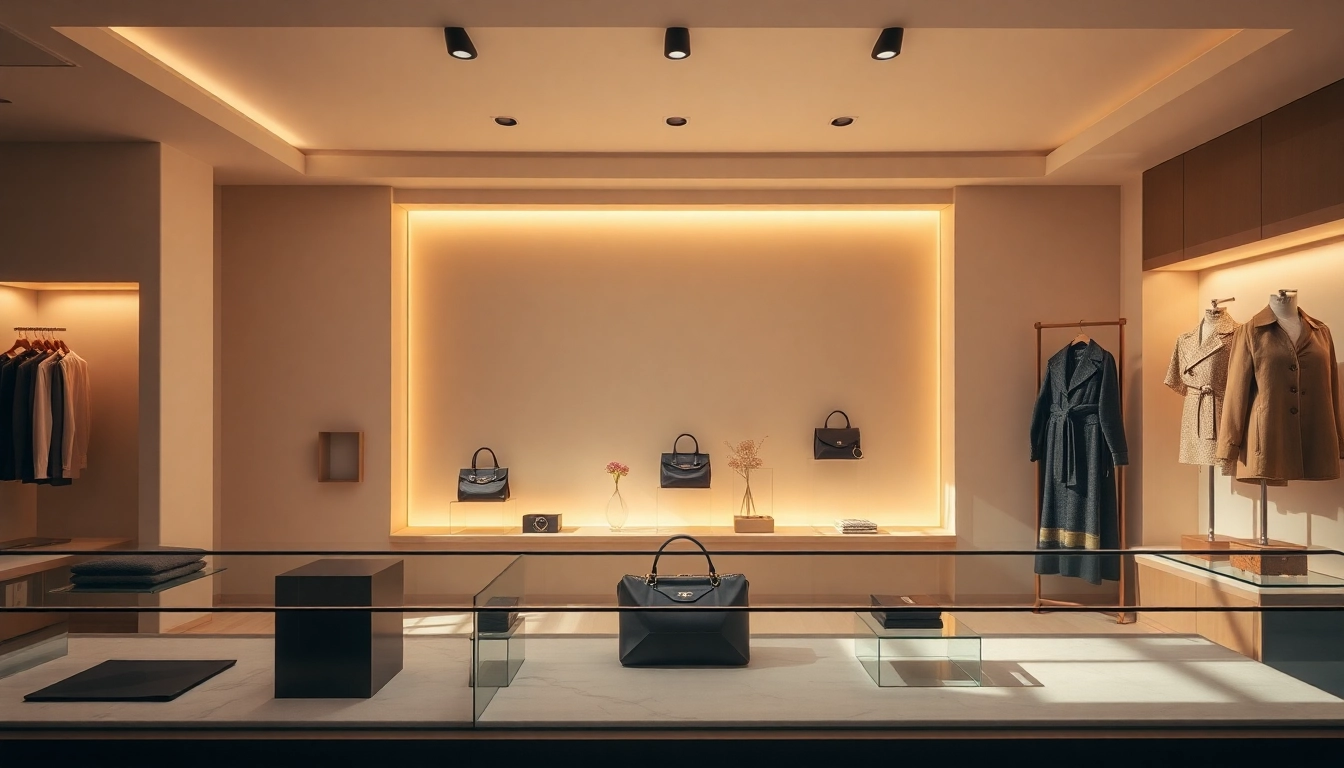





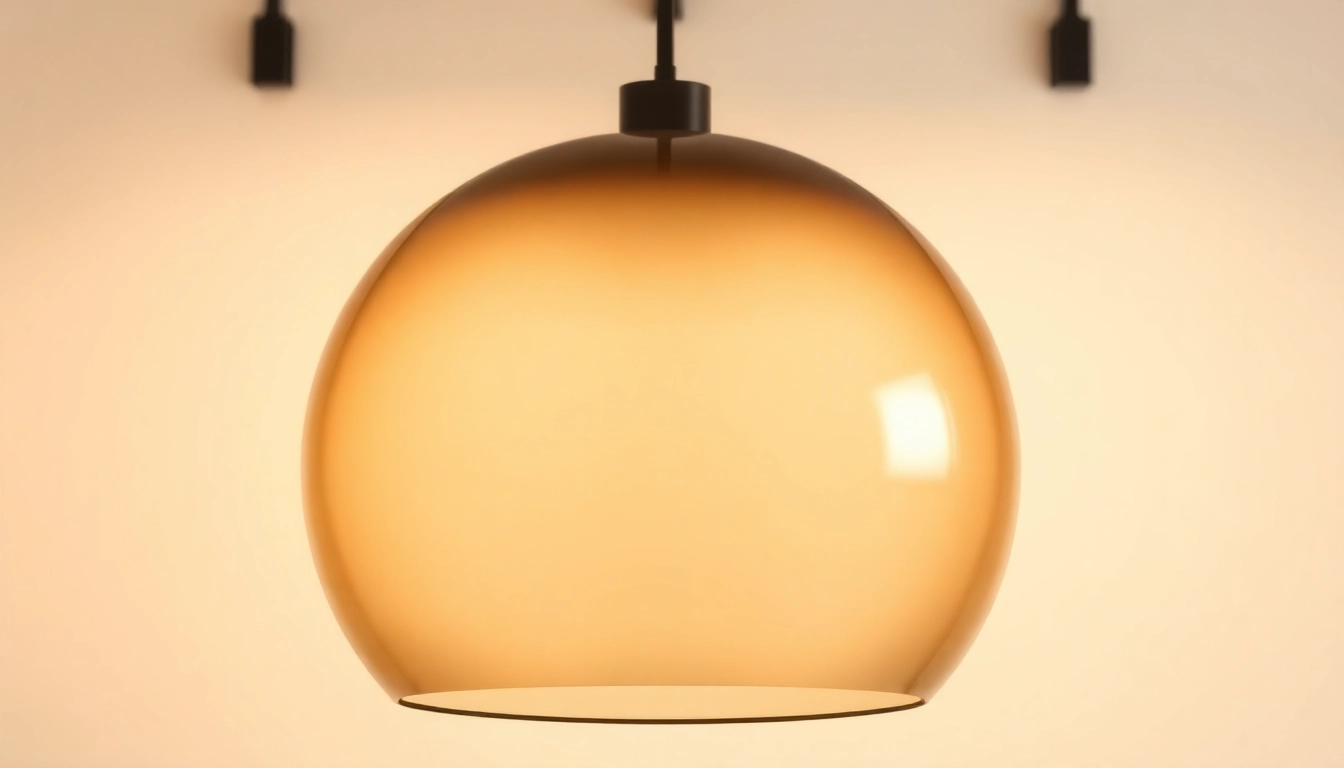
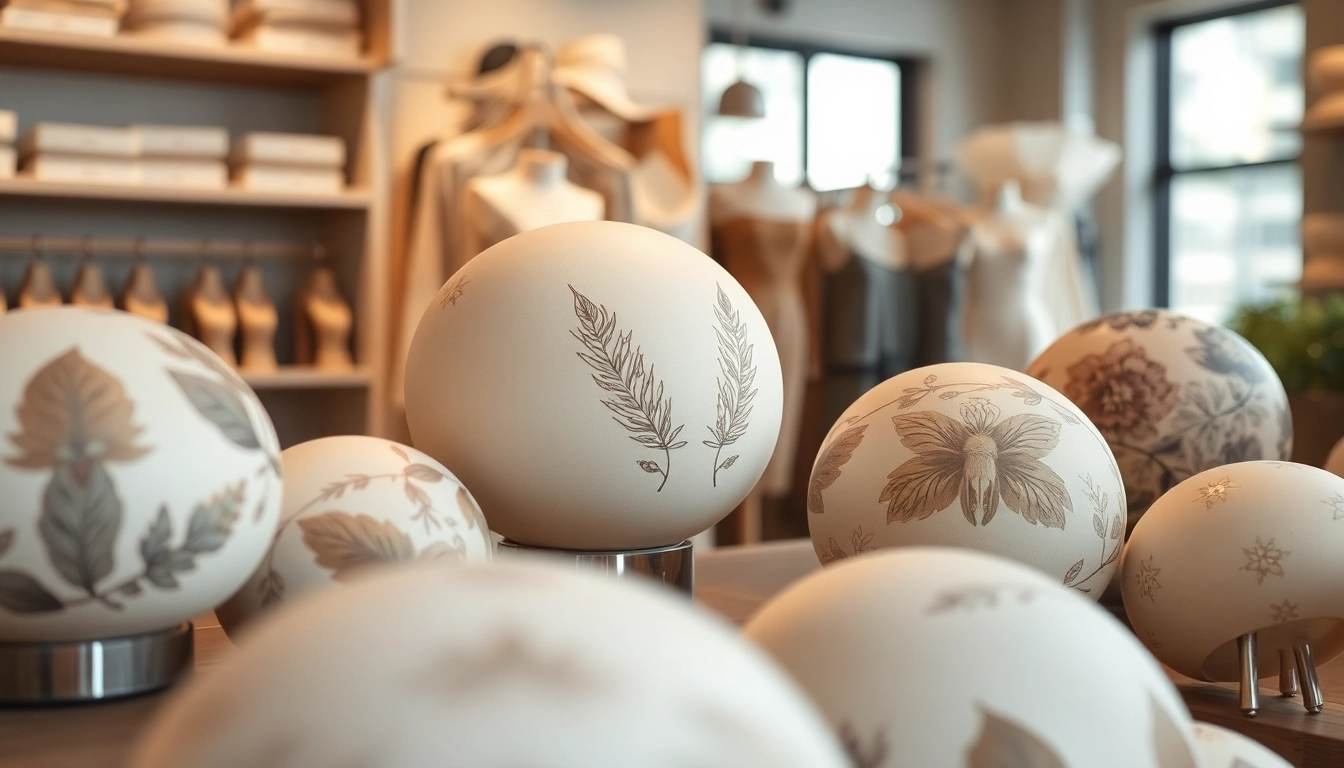
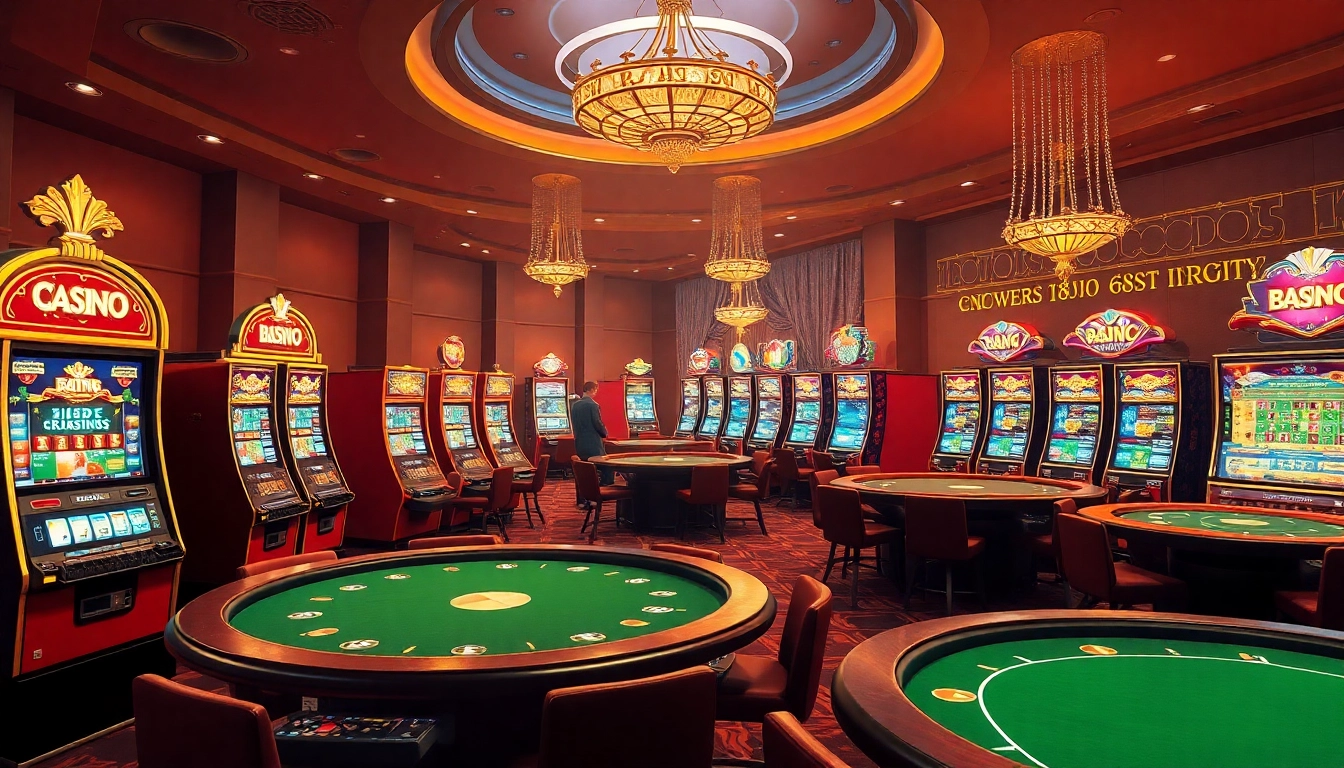


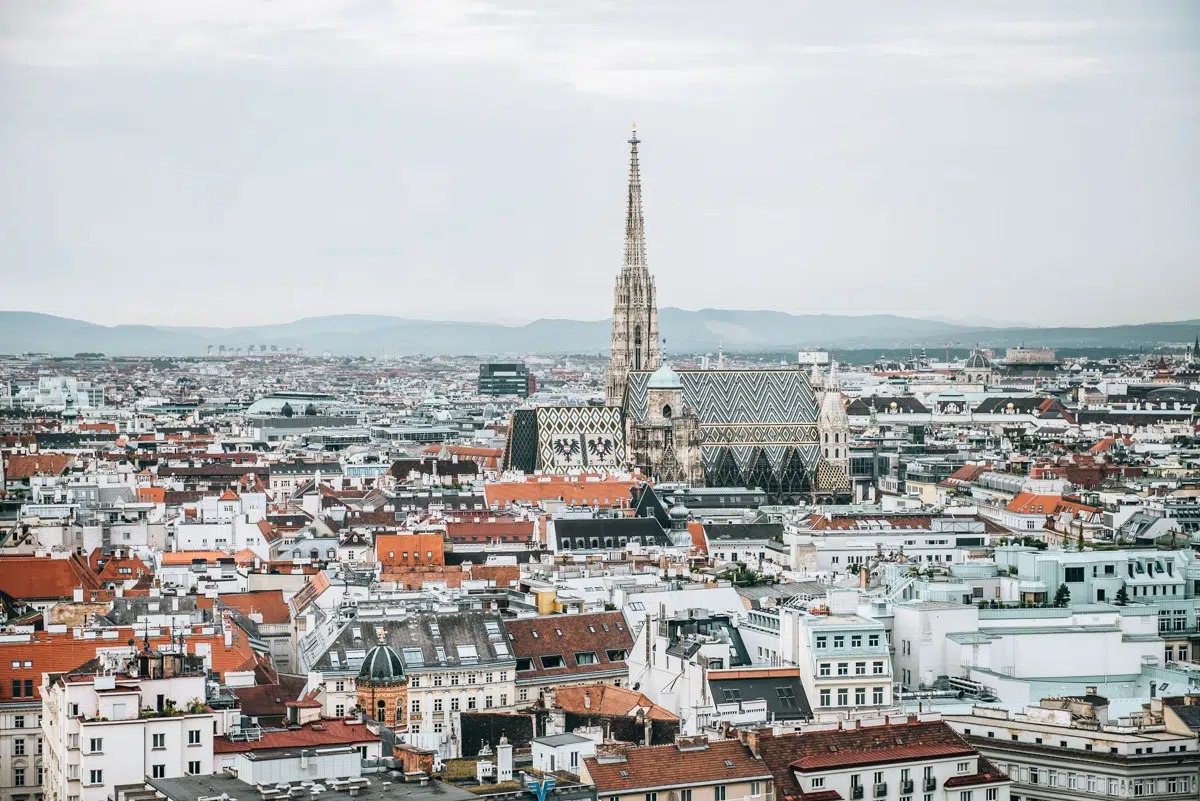
Leave a Reply